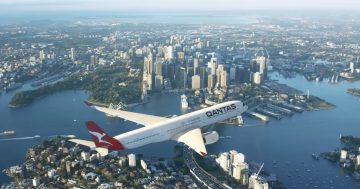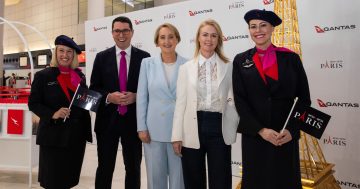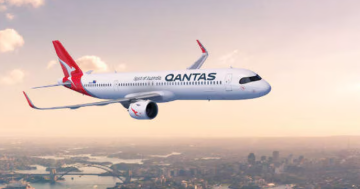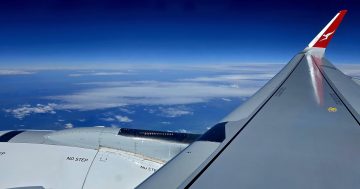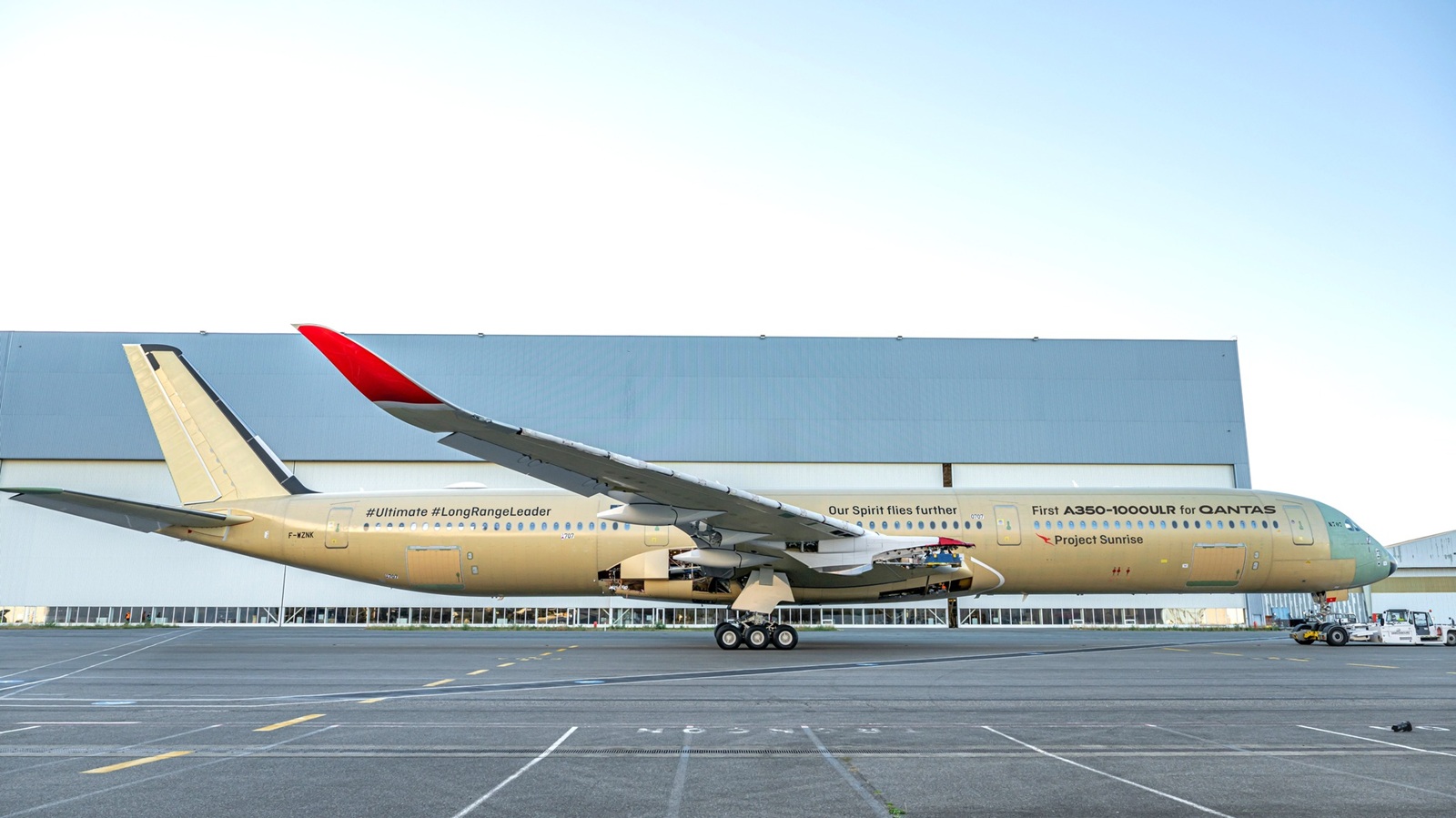
Qantas’s first A350-1000ULR rolls out of its assembly building at Toulouse, France, headed for the factory’s completion centre. Photo: Airbus.
The first of 12 Airbus A350-1000ULR airliners on order for Qantas has been rolled out in a largely assembled state at the manufacturer’s Toulouse factory in southern France.
The A350ULR – for Ultra-Long-Range – will be the cornerstone of the airline’s ambitious ‘’Project Sunrise’’ plan to offer non-stop passenger flights from Sydney to London and to New York.
The -1000 is the longest variant of the popular A350 series, which began entering service nearly a decade ago, and features a fuselage stretch to 73.79 metres, more powerful 97,000-pound-thrust engines, and higher weights.
The ULR model adds a 20,000-litre rear-centre fuel tank in the aircraft’s belly, a stronger undercarriage and other system enhancements, allowing it to operate sectors of more than 18,000 kilometres over 22 hours. This brings almost every major airport in the world into range non-stop from Qantas’s major Sydney hub.
Currently, Qantas long-range passenger services to London use the 485-seat Airbus A380, which need to stop for fuel and a crew change in Singapore. Qantas services from Sydney to Paris and Rome operate with 236-seat Boeing 787-9 equipment via a stop in Perth.
On the airline’s services to New York, passengers can either connect with partner airlines via Los Angeles, Dallas-Fort Worth, or San Francisco, or fly all the way on a Qantas Boeing 787-9 via a tech stop in Auckland.
Major components of the A350-1000ULR are manufactured in Hamburg in Germany and in Wales in the UK, before being flown to Toulouse for final assembly. The first Qantas aircraft was rolled out of the final assembly hall at Toulouse to be taken to a nearby completion centre, where it will receive engines and pylons, and flight deck and interior fittings.
The aircraft will then be painted at Toulouse before conducting a comprehensive flight test and airline acceptance campaign early next year, with delivery later in 2026.
For Qantas, the -1000ULR will be delivered with a spacious seating configuration, comprising six First Class suites, 52 Business suites in a 1-2-1 abreast configuration, 40 Premium Economy seats in a 2-4-2 configuration, and 140 Economy seats in a 3-3-3 configuration.
The cabins have been developed from the ground up in collaboration with Australian industrial designer David Caon and experts from the University of Sydney’s Charles Perkins Centre, which includes sleep scientists looking to minimise jetlag using customised lighting design and timed meal services.
Other features will include a dedicated ”Wellbeing Zone” for Premium passengers to move around, refreshments, high-speed Wi-Fi and Bluetooth audio, and a spacious overhead storage area.
Qantas says the Project Sunrise name celebrates the airline’s historic ”Double Sunrise” endurance flights during World War II, which remained airborne long enough to see two sunrises.
CEO Vanessa Hudson said the reveal brought the airline’s Project Sunrise ambitions one step closer to reality.
“Given Australia’s position in the world, Qantas has a long history of breaking aviation barriers,” she said.
”Project Sunrise will not only overcome the tyranny of distance, it will fundamentally change the way our customers travel the world.
“These flights will cut up to four hours off the journey and transform how people experience ultra-long-haul travel, through science-backed design to minimise jetlag and maximise wellbeing.”
The A350-1000ULR is expected to be delivered in mid-to-late 2026 and enter service on long-haul services in early 2027.
In other Qantas news, the airline has launched a domestic Economy Plus seating configuration for its new A321XLR, A220 and refreshed Boeing 787-800s.
Offering up to 40 per cent more legroom, the Economy Plus seat will initially be available to high-tiered Qantas Frequent Flyers as an upgrade, but will likely be available for a premium as it is rolled out across more aircraft.
The A321XLR and A220s already have some Economy Plus seats, and these will be rolled out on the 737s and officially offered to passengers from February 2026.


